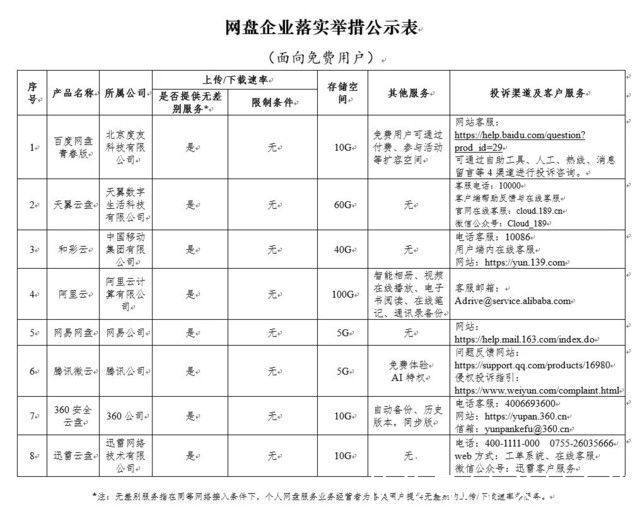OpenGL 版本与GLSL版本
【OpenGL 版本与GLSL版本】
https://github.com/mattdesl/lwjgl-basics/wiki/GLSL-VersionsGLSL Versions| OpenGL Version |
GLSL Version |
| 2.0 |
110 |
| 2.1 |
120 |
| 3.0 |
130 |
| 3.1 |
140 |
| 3.2 |
150 |
| 3.3 |
330 |
| 4.0 |
400 |
| 4.1 |
410 |
| 4.2 |
420 |
| 4.3 |
430 |
GLSL ES Versions (Android, iOS, WebGL)OpenGL ES has its own Shading Language, and the versioning starts fresh. It is based on OpenGL Shading Language version 1.10.| OpenGL ES Version | GLSL ES Version |
| 2.0 | 100 |
| 3.0 | 300 |
So, for example, if a feature is available in GLSL 120, it probably won't be available in GLSL ES 100 unless the ES compiler specifically allows it.Differences at a Glance
Version 100 Vertex shader:uniform mat4 projTrans;
attribute vec2 Position;
attribute vec2 TexCoord;
varying vec2 vTexCoord;
void main() {
vTexCoord = TexCoord;
gl_Position = u_projView * vec4(Position, 0.0, 1.0);
}
Fragment shader:
uniform sampler2D tex0; varying vec2 vTexCoord; void main() { vec4 color = texture2D(tex0, vTexCoord); gl_FragColor = color; }
Version 330 As of GLSL 130+,
in and out are used instead of attribute and varying. GLSL 330+ includes other features like layout qualifiers and changes texture2D to texture.Vertex shader:
#version 330uniform mat4 projTrans; layout(location = 0) in vec2 Position; layout(location = 1) in vec2 TexCoord; out vec2 vTexCoord; void main() { vTexCoord = TexCoord; gl_Position = u_projView * vec4(Position, 0, 1); }
Fragment shader:
#version 330 uniform sampler2D tex0; in vec2 vTexCoord; //use your own output instead of gl_FragColor out vec4 fragColor; void main() { //'texture' instead of 'texture2D' fragColor = texture(tex0, vTexCoord); }
Other Significant Changes GLSL 120 Additions
- You can initialize arrays within a shader, like so:
float a[5] = float[5](3.4, 4.2, 5.0, 5.2, 1.1); float b[5] = float[](3.4, 4.2, 5.0, 5.2, 1.1);
However, the above is not supported on Mac OSX Snow Leopard, even with GLSL 120. (1) - You can initialize uniforms in a shader, and the value will be set at link time:
uniform float val = 1.0;
- You can use built-ins like
sin()when setting aconstvalue - Integers are implicitly converted to floats when necessary, for example:
float f = 1.0; <-- valid float g = 1; <-- only supported in GLSL 120 vec2 v = vec2(1, 2.0); <-- only supported in GLSL 120
- You can use
fto define a float:float f = 2.5f;
intanduintsupport (and bitwise operations with them)switchstatement support- New built-ins:
trunc(),round(),roundEven(),isnan(),isinf(),modf() - Fragment output can be user-defined
- Input and output is declared with
inandoutsyntax instead ofattributeandvarying
texture()should now be used instead oftexture2D()
- Layout qualifiers can declare the location of vertex shader inputs and fragment shader outputs, eg:
layout(location = 2) in vec3 values[4];
Formally this was only possible withARB_explicit_attrib_locationextension
推荐阅读
- JAVA(抽象类与接口的区别&重载与重写&内存泄漏)
- Docker应用:容器间通信与Mariadb数据库主从复制
- 《真与假的困惑》???|《真与假的困惑》??? ——致良知是一种伟大的力量
- 第326天
- Shell-Bash变量与运算符
- 逻辑回归的理解与python示例
- Guava|Guava RateLimiter与限流算法
- 我和你之前距离
- CGI,FastCGI,PHP-CGI与PHP-FPM
- 原生家庭之痛与超越











